Brazing
The widest range of proprietary brazing consumables classified by alloys
Selectarc has seven decades of brazing expertise, including the development of CuP brazing alloys and innovative products such as tubular brazing wire (flux-cored brazing wire) in silver, aluminum, and composite (aluminum alloy and flux).
70 years of excellence in the manufacture of brazing products in Europe
With state-of-the-art manufacturing facilities, Selectarc produces hard and custom brazing alloys (alloys and fluxes) for industrial solutions as well as precision brazing rings and preforms. Our rich experience in brazing and a technical team composed of PhDs in physics and chemistry and engineers, allow us to be present in the following main sectors of activity
- Renewable energies, solar panels
- Automotive
- Heating and ventilation
- Air conditioning, domestic and industrial refrigeration systems
- Plumbing, sanitary
- Carbide and diamond tools
- Measuring and control equipment
- Electromechanical constructions
- Tubular constructions
Copper-phosphorus brazing alloys (manual and furnace)
The phosphorus in copper-phosphorus alloys makes the alloy self-stripping on red copper. They are mainly intended for copper-copper and copper-brass assemblies with the use of a pickling flux. Mainly used for fluid transport circuits made of copper. The melting points of our alloys are guaranteed at +/- 3°C.
Forms :
- Bare rods + pickling flux (paste and powder)
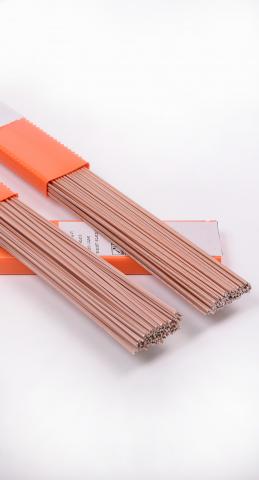
Copper-Phosphorus-Silver brazing alloys
The addition of silver to copper-phosphorus alloys lowers their liquidus temperature. This addition also refines the grain, improves the electrical conductivity and increases the ductility of the alloy. They are mainly intended for Copper-Copper and Copper-Brass assemblies with the use of a pickling flux.
Forms :
- Bare rods + pickling flux (paste and powder)
- Coated rods
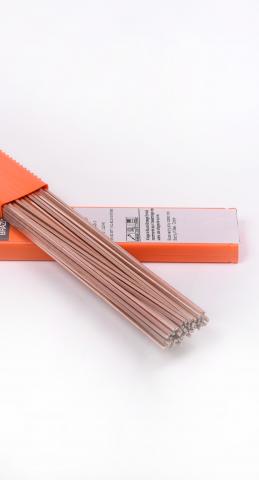
Brazing alloys
The brazing alloys allow the assembly of steel, copper and cast iron, butt to butt and on large diameters of tubes. Their high mechanical strength, the aesthetic result, their ease of application and their very economical aspect, make them suitable for several sectors of activity.
Forms:
- Bare rods + stripping flux (paste and powder)
- Coated rods
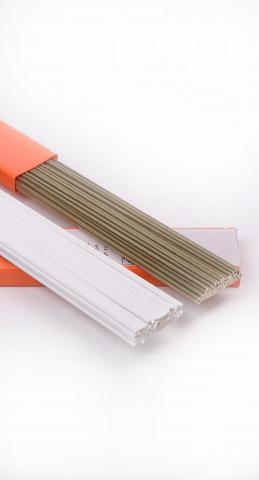
Silver Brazing Alloys
These silver alloys are used to braze: Steel, stainless steel, brass, bronze, nickel and copper, all ferrous and non-ferrous metals (except aluminum and manganese). The presence of silver in significant quantities allows the production of alloys with relatively low melting temperatures. There are two types of silver solders: Ternary solders (composed of Silver, Copper and Zinc) and quaternary solders (composed of Silver, Copper, Zinc and Tin).
Silver brazing alloys are recommended for all brazing methods. BRAZARGENT® coated rods and TBW rods allow simplified use of the brazing material, without having to manage the flux supply manually.
Forms :
- Bare sticks + flux stripper (paste and powder)
- Coated rods
- TBW rods (tubular brazing wires)
- Preforms (rings, billets)
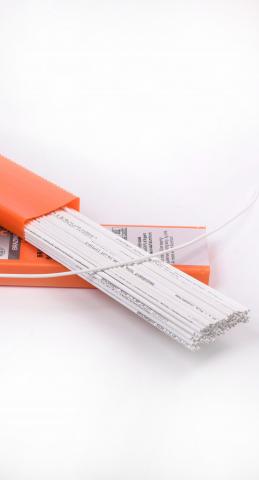
Aluminum Brazing
Our alloys (Aluminum-Silicon and Zinc-Aluminum) cover the majority of applications for brazing aluminum parts together or with other materials. Developments made to simplify and optimize the use of this type of brazing (TBW (tubular wire) and TBM (composite wire) technologies) provide stability, repeatability, and profitability during brazing operations.
Forms :
- Bare rods + flux stripper (paste and powder)
- Coated rods
- TBW rods (tubular brazing wires)
- TBM rods (composite brazing wires)
- Preforms (rings)
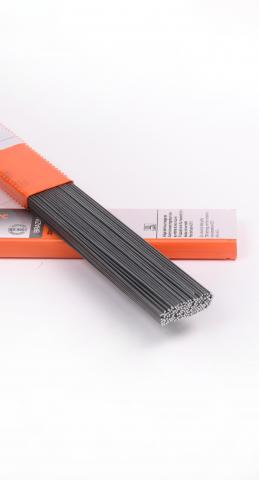
Pickling flux
The flux must dissolve the remaining oxides, its increasing fluidity guides the operator when introducing the filler metal. A good flux delays the vaporization of the elements. Once the metal has melted, some of the flux will vaporize and some will form residue. After brazing, the parts are cleaned of flux (residue) by rinsing with hot water or mechanically.
A wide range of product customization, coating colors and packaging can be provided.
(Studies carried out on request)
Forms :
- Flux in gel, paste and powder form
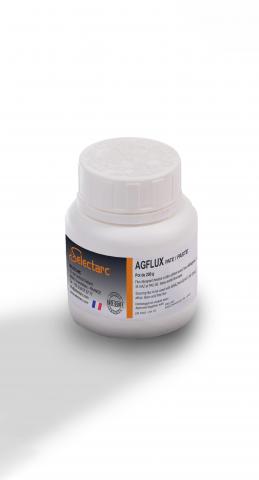
Cadmium ban: Regulation (EU) No 494/2011 of 20/05/2011
As of 10 December 2011, the sale and use of brazing alloys containing cadmium (Cd) in a concentration equal to or greater than 0.01% by weight has been prohibited.
Alternative alloys to those containing cadmium are available in our brazing range.
Please do not hesitate to contact our technicians for further information on this subject.
